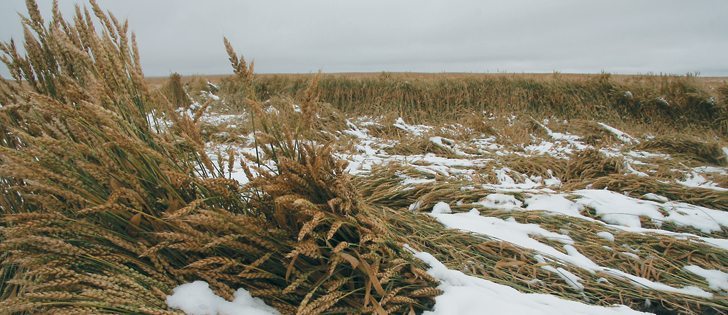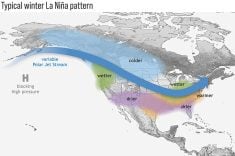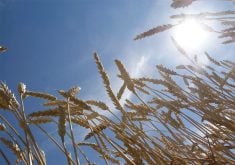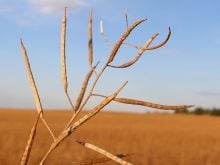Heavy lodging | ‘Crop prices are down, yields are down, quality is down … and now the crop is down’
More swathing and less straight cutting will be the harvest scene in southwestern and south-central Alberta in coming weeks following last week’s snow that bent or flattened crops.
More than 30 centimetres of snow accumulated on high ground along the eastern slopes and eastward last week.
The white stuff, combined with rain and sleet, has put harvest behind by about 10 days, and frost of -5 C or colder will be a big equalizer in terms of crop maturity.
“The snow just melted off the hills this weekend,” said Municipal District of Willow Creek agricultural fieldman Ron MacKay Sept. 15.
Read Also
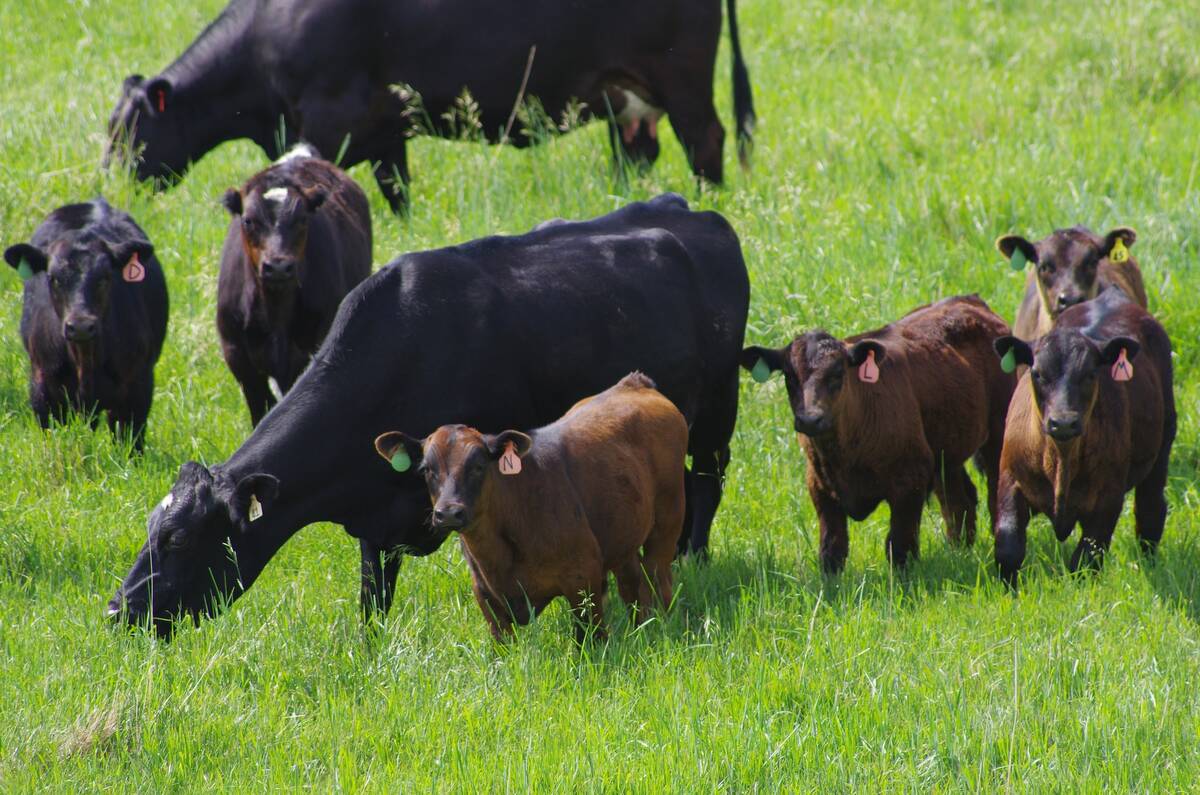
Manitoba extends Crown land rent freeze
Manitoba government links the continued rental rate freeze on grazing and forage leases to economic and environmental challenges facing the industry
“The top of the ridges had in excess of a foot (30 cm). Crops were flattened pretty good from Claresholm north.”
Straight cutting at harvest is the norm in this region, but MacKay predicted that swathers will now be rented or pulled out of storage to manage lodged crops.
Pick-up reels, lifters and floating cutter bars are other options for farmers facing variable crop stands.
“I guess a swather with lifters and a pick-up reel would provide a bit more flexibility in dealing with lodged crops,” said Alberta Agriculture crop specialist Neil Whatley.
“Crop prices are down, yields are down, quality is down … and now the crop is down,” wrote blogger Sara Schultz, who farms with her husband Jay Schultz in Wheatland County.
It was a succinct summary of what many Alberta farmers saw last week.
However, Whatley said frost was a bigger worry than lodging based on farmer calls he received last week. Sub-zero temperatures were reported from Waterton to St. Paul and parts in between.
Mature crops would have sustained less damage than green ones, but this spring’s weather-extended planting season means there was a considerable amount of immature crop still in fields.
Whatley said crop that was in swath last week likely sustained frost damage only at the edges. Heavy dew would have provided insulation in some regions.
Frost on canola can reduce pod strength and increase the risk of shattering, so MacKay speculated that farmers will likely make canola swathing a priority once it is dry enough.
“It’s going to be a race to get the rest of the canola down,” he said.
Lodging and wet fields are expected to slow the process.
“The bigger deal is having to slow down when you’re out there,” said Whatley.
Greg Stamp, who farms near Enchant, Alta., said wet fields at harvest are unusual in his region. He was able to start harvest again Sept. 14 after last week’s rain and snow and escaped most lodging issues.
“It’s kind of leaning a little bit but it didn’t make it flat,” he said of his crops.
“In some areas around here, there will be more swathing. I’ve heard of some farmers renting a swather or doing something a little different because their crop leaned a little more than they wanted or did get pushed flat. It’s not a normal harvest, that’s for sure.”


